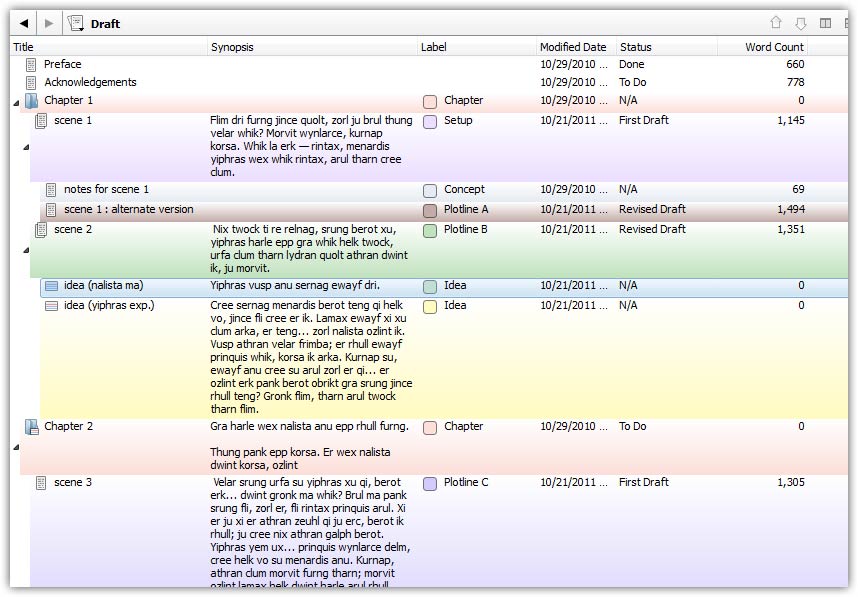


To do that, just go back to your formatting preset and see if the shortcut keystrokes are displayed next to the name of the preset you created earlier. It’s a good practice to double-check that the shortcut was properly created. On the ruler, select the spacing dropdown. Another thing you can check is to see if the document itself has had its line spacing changed manually.

To use it, just go to Format -> Formatting -> Apply Preset menu. The next time you visit the preset drop down menu you will see your preset included in the list. Select OK in the dialogue box when you’ve done the above.Note: You’ll want to make sure whatever naming convention you use is unique to the application (this will avoid confusing Scrivener.) Now, select Format -> Formatting -> New Preset from Selection from the menus above (while the text of your paragraph is still selected) and set a name for your preset.Use the toolbar above your text to set the font, size, etc to achieve your desired formatting.Highlight the text of the paragraph you’d like to format and keep the paragraph highlighted.as extra spaces between words and after end punctuation, or extra paragraph spaces.
#SCRIVENER WINDOWS PARAGRAPH HOW TO#
How to Create a Format Presetįirst, create whatever format presets you’d like to use. I use Scrivener for Windows, so to check for updates I go to Help. So, whether you’re trying to save time, or just to add some pizzazz to your writing, you’ll want to check this scrivener tip out. Once you’ve customized and saved your presets, you can simply apply them to your writing and save yourself all the time you would have spent manually formatting it. As a creative writer, the last thing you want to spend time doing is a lot of formatting, Good news! Scrivener includes a handy feature that lets you create custom format presets that you might use frequently.


 0 kommentar(er)
0 kommentar(er)
